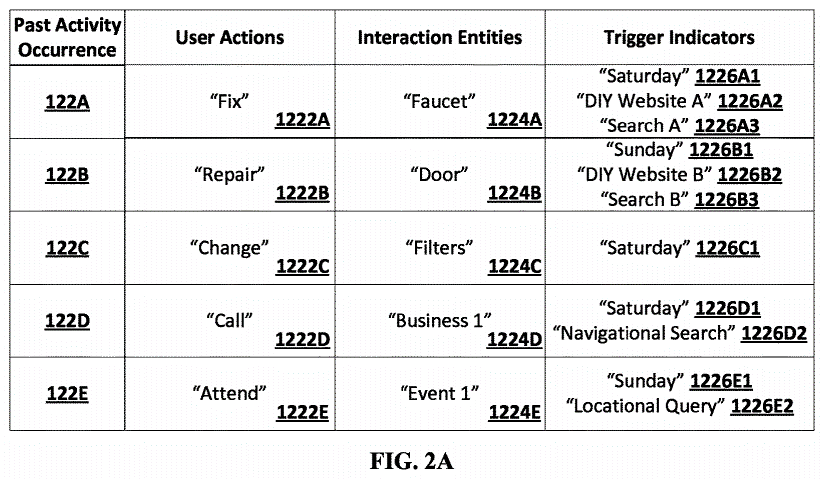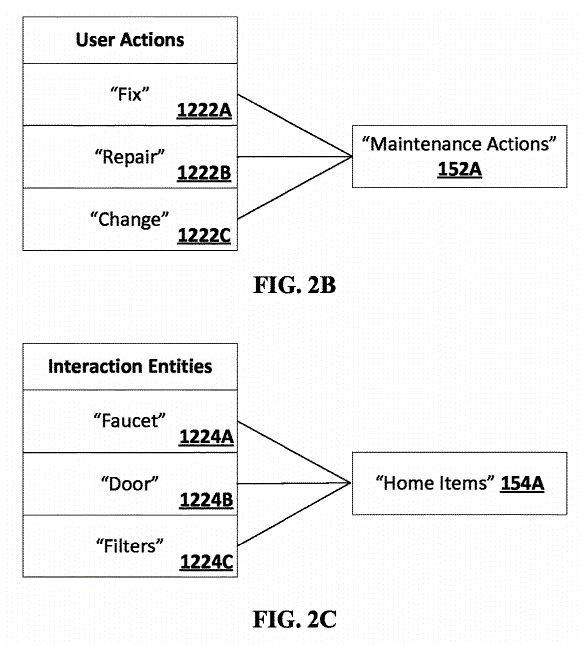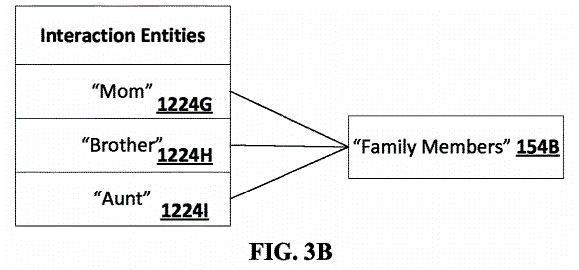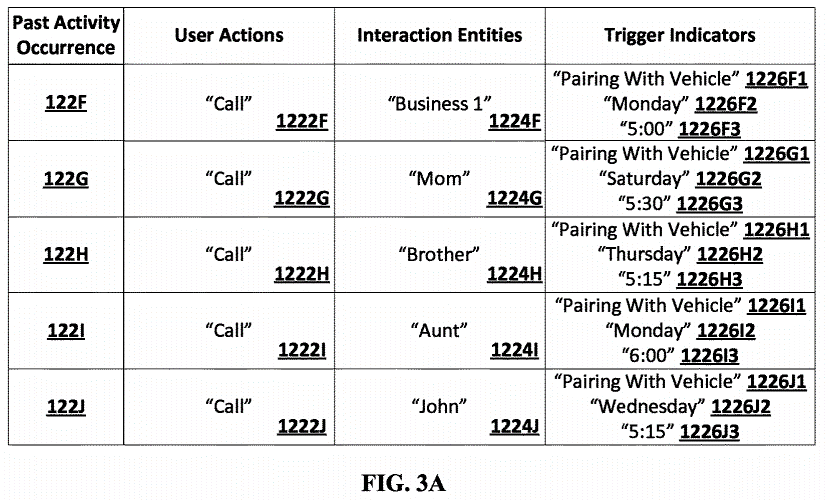What user habits may Google track and use for search purposes?
At the end of August 2019, patent 10,394,684, submitted by Google, was granted. The patent explains the ways Google determines user habits based on learnings about their past activity and the frequency of these activities.
This method and its findings could be used and incorporated in search, for example, to suggest queries.
What user data does Google track?
It is no secret that Google has access to a lot of information about user web activity, app activity, and location history.
- Location tracking is done through Google’s apps as well as through Google Maps, Docs, and Gmail.
- Everything users do and search for while logged into Google, it’s apps, and when using Google Chrome browser, is tracked and stored by Google.
- Google tracks information not only about the search queries users make, but also device information, including tablets and mobile phones.
- Voice and audio activity data stored by Google contains all the Google Assistant commands a user has taken, both by saying them to a phone and a smart speaker.
- Tracking also applies to the internet’s second-largest search engine, YouTube, where data about users’ YouTube video search history and YouTube video watch history is recorded.
- Lastly, Google tracks online purchases and bookings by monitoring users’ Gmail messages. However, this information is not used for advertising purposes, but to help users quickly access their flight tickets, bills, or trips.
Google user habit patent
When Google tracks user activity, it may track specific actions that occur multiple times with a certain regularity. This information could be used in conjunction with personal assistance programs that can learn what users could seek to do at a specific time.
It is debatable whether this practice is helpful to users or is merely invasive. Let’s have a closer look at the example of the patent that Google has provided.
By tracking and storing data from a user’s past activity, the apparatus identifies several interactions and their frequency of occurrence.
The patent analyses the information and looks for:
- User habit actions.
- The frequency of user habit actions.
- Entities that the user interacted with.
- User habit trigger indicators.
How exactly does the patent work?
User habit activity environment

Figure 1 is an example of the environment in which a user habit action is found, based on the reoccurrence of it. The environment consists of a user’s computing device, such as a tablet, a smartwatch, a laptop, or a navigation system, user habit determination system, content database, habit information system, and a database of entities. All the components in the environment are linked to the communication network.
- A User Habit: One reoccurring activity or a group of reoccurring activities. A user habit can be a call, a text message, an email to a specific entity, or a habit of frequently visiting a particular location, such as a gym or a grocery store.
- Past Activity Occurrence: An action that a user has undertaken or has expressed interest in doing, for example, a user has looked to buy coffee pods.
- An Interaction Entity: The patent determines the habit interaction entities, which could be a company (“Business 1”) or a family member (“Aunt”).
- Trigger Indicator: This can be either a device associated with the action, date or time, a location, and one or multiple additional associated activities.

User habit activity determining
To illustrate, let’s look at Figure 2A. For action “Fix” and interaction entity “Faucet”, the trigger indicator could be a day of the week (“Saturday”) or a specific website to visit (DIY Website A”). The patent studies the similarities between the trigger indicators of previous activities and previous activity groups.
Trigger indicators can include temporal indicators related to a time of the day or the day of the week. The indicators may also include a computing device.

Figure 2A showcases an example of user habit activities. As you can see, a user has acted related to an interaction entity, and this action had a trigger indicator.
Google can then group interaction entities, for example, by grouping “Fix”, “Repair”, and “Change” into interaction entity group “Maintenance Actions”, as seen in Figure 2B. This information can further be used by a personal assistant to suggest using an action.

Alternatively, Google could group interaction entities “Mom”, “Dad”, and “Sister” into entity collection “Family members”.

How can Google use user habit information?
With this information, Google can promote to the user query suggestions or search results concerning their habit actions/entities.

If Google assistant has identified a pattern of activities related to “Family Members” entity group every Sunday evening, then on a Sunday evening it can suggest the user “Would you like to call a family member?”.

Alternatively, the patent can autocomplete a search query for a user, suggesting a search query based on their habitually performed activities.

As the authors of the patent, Erwin Can Sar, Timothy Youngjin Sohn, and Andrew Tomkins, claim, there may be alternative and additional ways to obtain results and implement the patent than the previously showcased examples.
Those skilled in the art will recognize or be able to ascertain using no more than routine experimentation, many equivalents to the specific implementations described herein. It is, therefore, to be understood that the foregoing implementations are presented by way of example only and that, within the scope of the appended claims and equivalents thereto, implementations may be practiced otherwise than as specifically described and claimed.